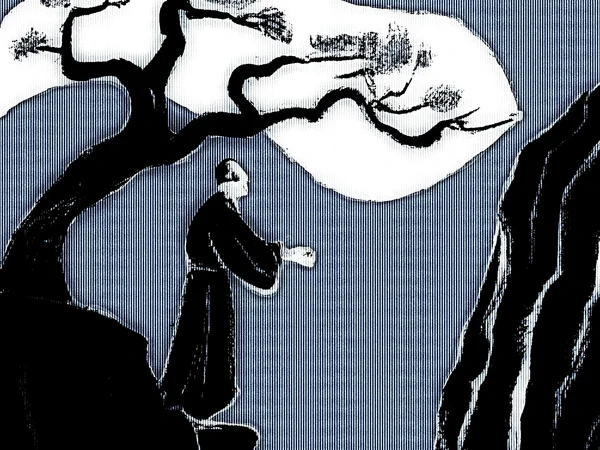
Zhan Zhuang, often referred to as “standing like a tree,” is a form of Chinese standing meditation that emphasizes stillness, posture, and internal awareness. While this article does not aim to teach the practice itself, it offers practical tips to help alleviate discomfort or pain that may hinder your ability to practice effectively.
It’s important to note that some of the postures suggested here may not align with traditional or “academic” forms of Zhan Zhuang. Instead, they are tailored to accommodate individual body structures, helping to reduce pain and discomfort while enabling you to maintain focus on the meditative aspect of the practice.
Step 1: The Shoulders
I’m not offering a fixed body of knowledge, but as a practitioner of somatic practices, my intention is to offer some guidance for those whose discomfort, caused by improper posture, limits their concentration and disrupts their meditative experience. What I offer are tools that awaken sensation and reflection, allowing for a more natural alignment with gravity — a key that opens the way to a presence conducive to introspection.
It’s up to you to try.
It’s up to you to discover your own truth.
And, ultimately, the fundamental question remains: When do I know that I know?
第二步:膝盖
For reasons unknown to me, some instructors emphasize keeping the knees from splaying apart during meditation.
My aim here is not to prescribe a supposedly perfect posture, but rather to help everyone gain a better understanding of the biomechanics of the hips and knees.
This way, each practitioner can find a position that is both comfortable and conducive to deep and effective meditation.




